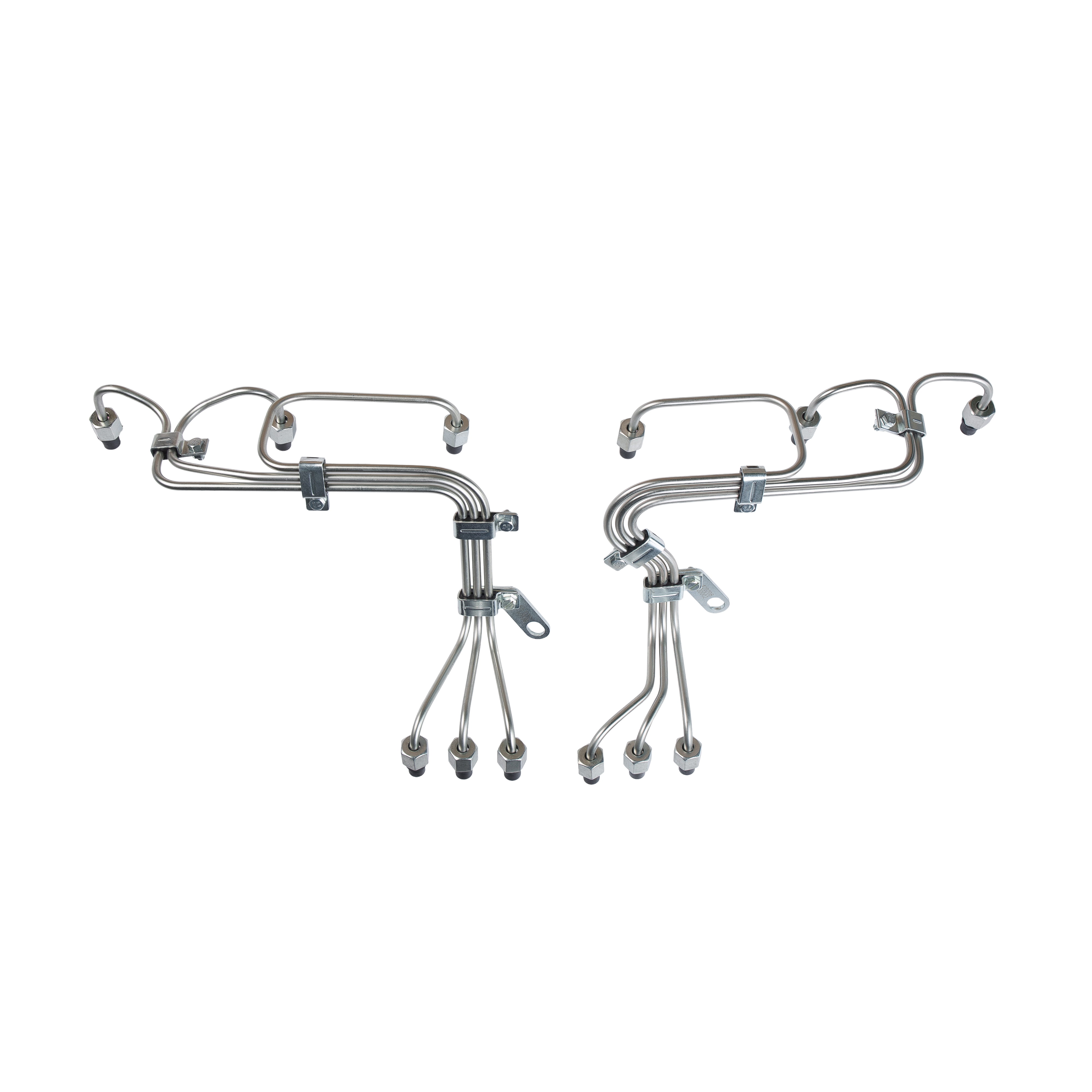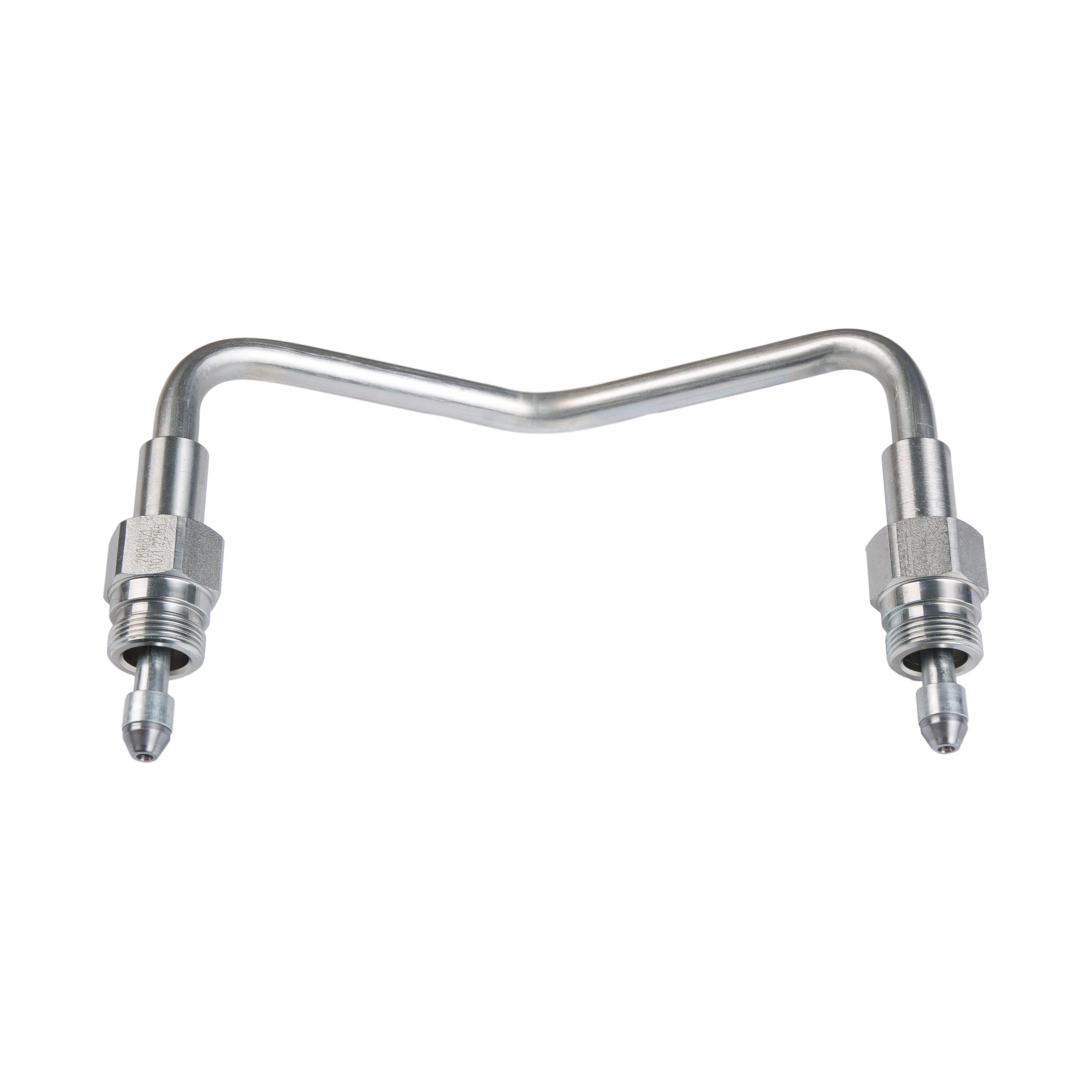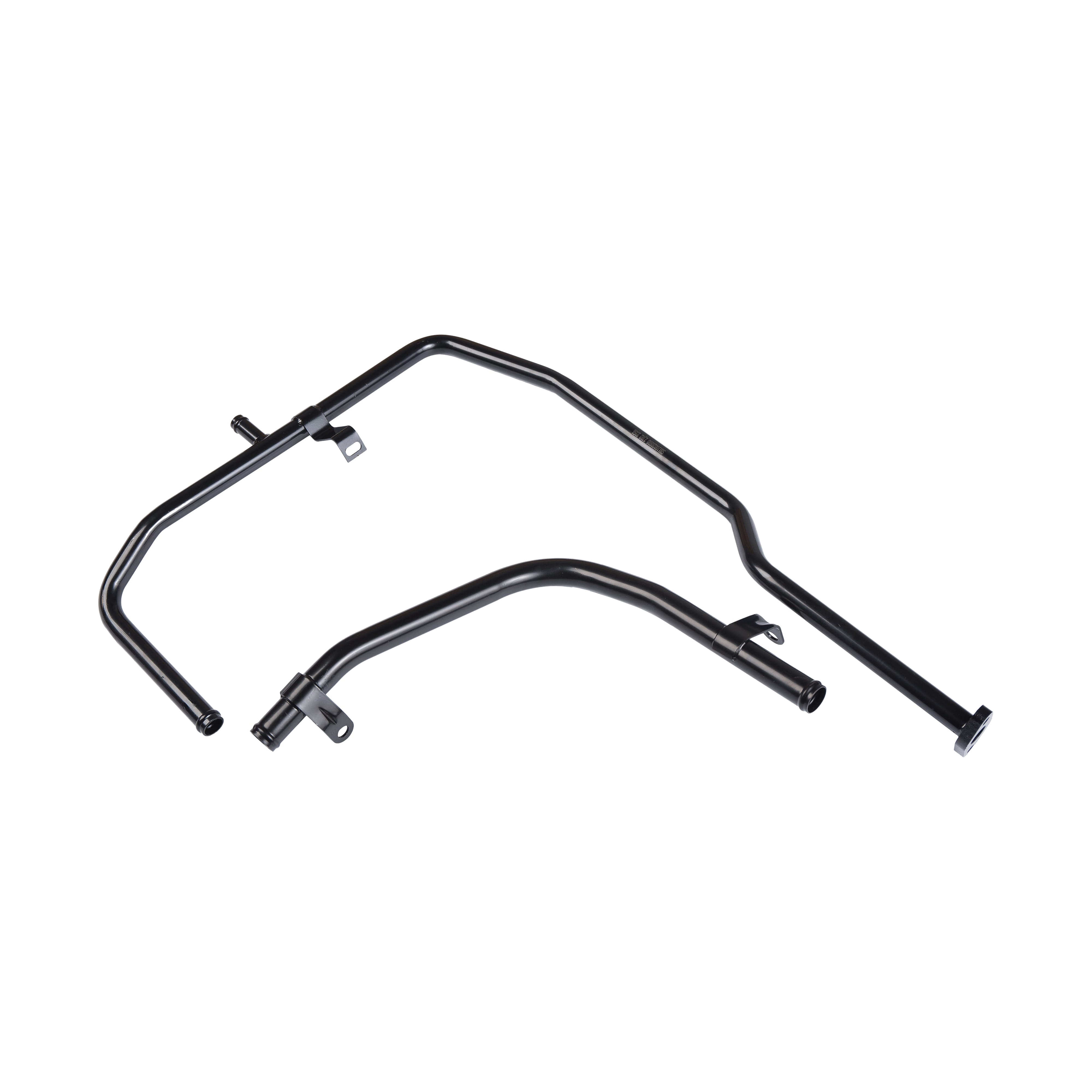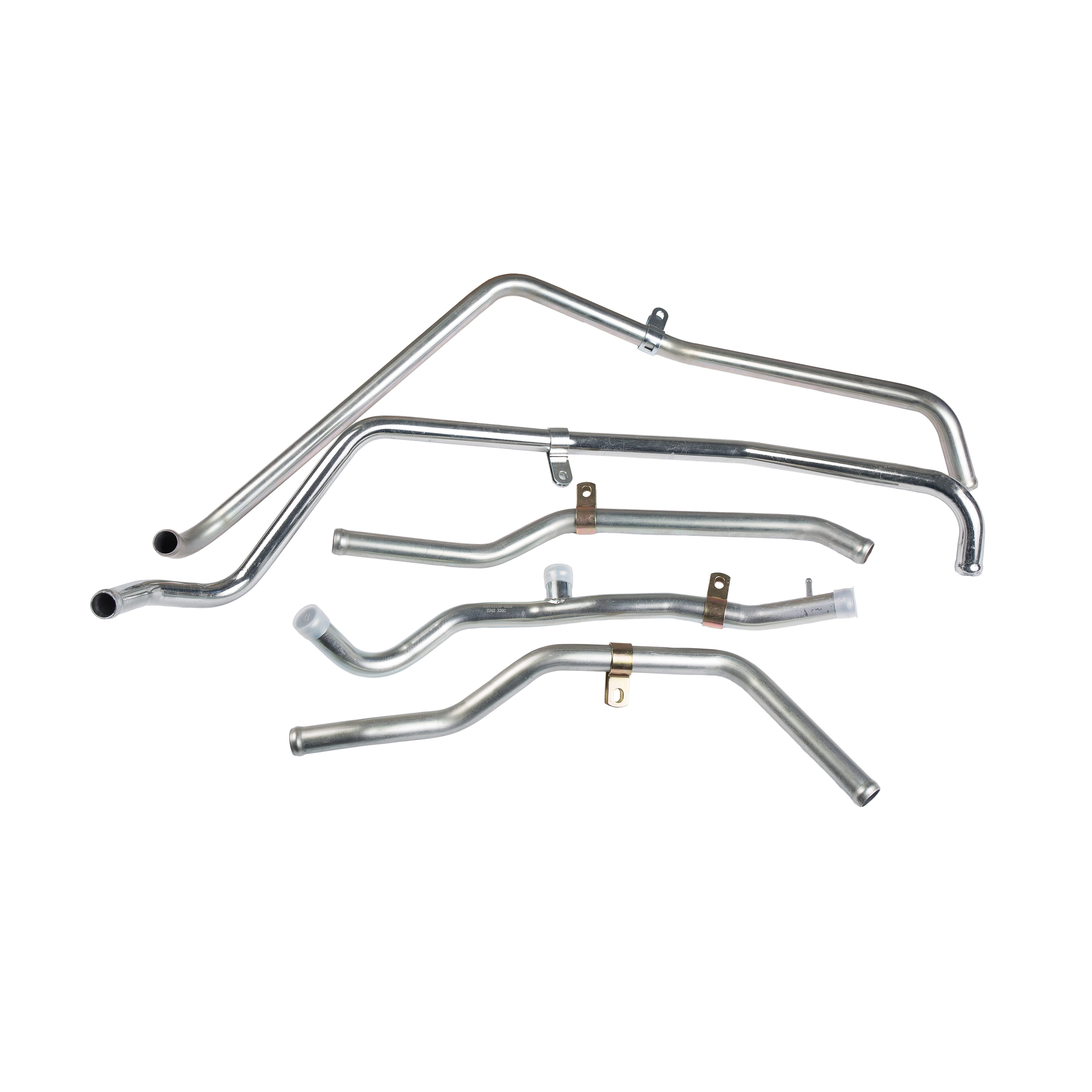Super precision bearings are a class of high-performance mechanical components designed for applications that demand extreme accuracy, minimal friction, high rotational speeds, and reliable load-carrying capacity . These bearings are commonly used in precision machinery such as CNC machine tools, aerospace systems, robotics, medical equipment, and semiconductor manufacturing devices.
A common and critical question for engineers and procurement professionals is: How much load can super precision bearings withstand? The answer depends on several factors, including the bearing type, size, material, internal design, lubrication, and operating conditions .
1. Types of Super Precision Bearings and Load Capacity
Super precision bearings come in various types, each designed to handle specific types of loads:
Angular Contact Ball Bearings :
These bearings are designed to handle both radial and axial (thrust) loads , especially in high-speed applications. They are commonly used in spindles and machine tool heads. Their load capacity is influenced by the contact angle —a higher angle increases axial load capacity but may reduce radial load capability.
Cylindrical Roller Bearings :
These bearings excel at handling high radial loads due to their line contact design. They are often used in applications where stiffness and high load capacity are essential, such as gearboxes and heavy-duty machine tools.
Tapered Roller Bearings :
Designed to handle combined radial and axial loads , these bearings are often used in automotive and industrial applications where high load capacity and durability are required.
Thrust Bearings :
Specifically designed for axial loads , these are used in vertical shafts or applications where the primary force is parallel to the shaft.
Each type of bearing has a dynamic load rating (C) and a static load rating (C₀) . The dynamic load rating indicates the load that a bearing can endure for a basic rated life of 1 million revolutions. The static load rating refers to the maximum load a bearing can withstand without permanent deformation when not rotating.
2. Factors Affecting Load Capacity
Several key factors influence how much load a super precision bearing can handle:
Bearing Size :
Larger bearings generally have higher load capacities due to increased surface area and material volume.
Material and Heat Treatment :
Super precision bearings are often made from high-quality chrome steel, stainless steel, or ceramic materials . Advanced heat treatment processes enhance hardness, wear resistance, and fatigue life , which in turn improves load capacity.
Internal Clearance and Preload :
Bearings with preloaded designs (where internal clearance is reduced) can improve rigidity and load distribution, especially in high-precision applications like CNC spindles.
Lubrication :
Proper lubrication reduces friction and wear, allowing the bearing to perform at its maximum load capacity without overheating or premature failure.
Operating Speed :
High-speed operation generates heat, which can reduce the effective load capacity. Bearings designed for high-speed performance must balance load capacity with thermal management.
3. Typical Load Ranges for Super Precision Bearings
While exact load ratings vary by manufacturer and model, here are some general ranges:
Radial Load Capacity :
Super precision angular contact ball bearings can handle radial loads ranging from 500 N to over 20,000 N , depending on size and design.
Axial Load Capacity :
Axial load capacity can be up to 2–3 times the radial load in high-contact-angle bearings, making them ideal for applications like precision spindles and robotic joints .
Static Load Capacity :
Static load ratings typically range from 1,000 N to more than 40,000 N , again depending on the bearing size and internal structure.
It’s important to refer to the manufacturer’s technical specifications for exact load ratings and to use bearing selection software or engineering formulas to calculate the expected life and performance under real-world conditions.
4. Applications and Load Requirements
Super precision bearings are often used in environments where both high precision and high load capacity are required:
Machine Tool Spindles :
These require high-speed operation and the ability to resist cutting forces. Bearings must support both radial and axial loads while maintaining sub-micron level precision .
Aerospace Components :
Bearings in aircraft engines and control systems must handle high dynamic loads under extreme temperatures and vibration.
Semiconductor Manufacturing Equipment :
These systems require ultra-clean, high-precision bearings that can operate under light to moderate loads with zero vibration .
Medical Imaging Equipment :
Bearings in MRI and CT scanners must provide smooth, quiet rotation under moderate loads to ensure accurate imaging.
Super precision bearings are engineered to withstand a wide range of loads, depending on their type, size, material, and application . They are capable of handling radial, axial, and combined loads in high-performance environments where accuracy, speed, and reliability are crucial.
When selecting a super precision bearing, it’s essential to consider both the dynamic and static load ratings , along with factors such as speed, lubrication, temperature, and mounting conditions . Consulting with bearing manufacturers or using specialized engineering tools can help ensure optimal performance and longevity in demanding applications.
As industries continue to push the boundaries of machine performance and miniaturization , super precision bearings will remain a vital component in enabling high-speed, high-load, and ultra-precise mechanical systems .


 English
English Español
Español русский
русский












